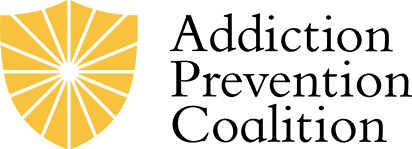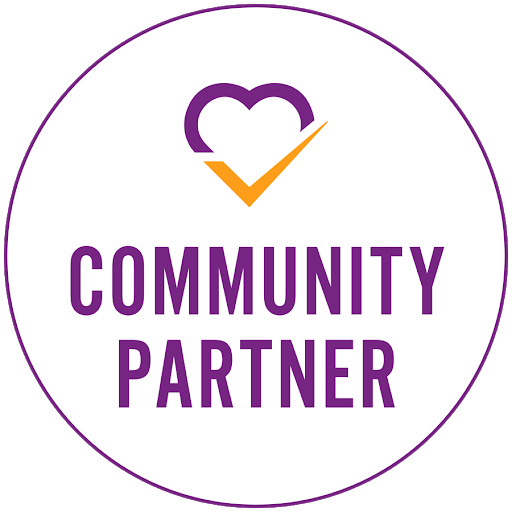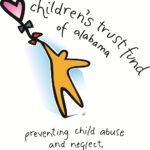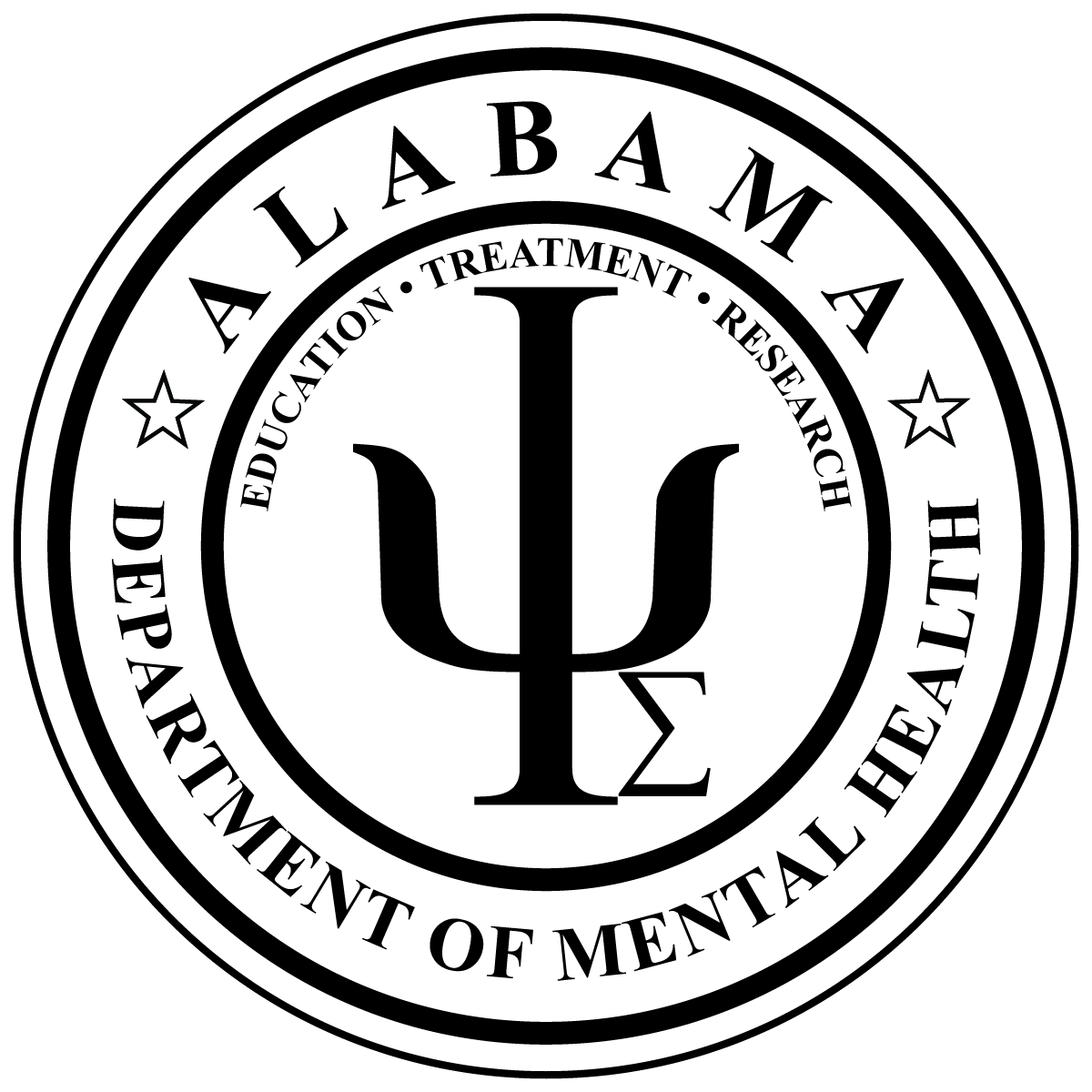You are not alone. That might be one of the most important truths that you need to hear as you deal with a child or family member struggling with substance use. As a parent or spouse, your priority tends to focus on the health and wellness of your addicted loved one. But the reality is that dealing with such challenges is often counterintuitive and stressful, so it is also crucial for you to find and pursue your own path of self-care, education and support. This will not only help free you from the shame and/or guilt associated with your loved one’s behavior, but equip you to better love, communicate and support them effectively. Your goal for yourself is to maintain your peace and joy while dealing in constructive ways with your addicted loved one. Your goal for them is to seek recovery, and to reduce or eliminate their need for mood altering substances. Al-Anon encourages all who have addicted loved ones to remember: You didn’t cause it, you can’t control it, and you can’t cure it. But… you can influence it, and we invite you to learn more about how you can influence it in constructive ways.
You can’t control it.
“When we focus on changing the way we help our loved one, rather than trying to change them, it gives us realistic hope.”
But you can contribute.
“It’s often a family disease where everybody has a role, and if everyone is in recovery together then the family can get healthy quicker.” —Kristen Smith, Counselor
Addiction, the severe form of Substance Use Disorder (SUD), is a chronic, relapsing brain disease that is characterized by compulsive substance-seeking and use despite harmful consequences. This can ultimately lead to a change in how the brain functions and is diagnosed by assessing cognitive, behavioral, and psychological symptoms.
It is common for parents to feel responsible for their loved one’s substance use disorder.
As parents, we know we are not perfect and we have all made mistakes along the way. It is easy to fall into the trap of thinking that those mistakes caused the problem. Believing this can lead a parent into unhealthy helping, repeated attempts of manipulation and control and emotional withdrawal. The truth is, the parents did not cause the substance use disorder. Learning to let go of the guilt and shame as a parent is critical to learning how to interact in healthy ways with your loved one.
This disease is a destructive cycle that claims the minds and lives of individuals all around us. It is important to know that individuals struggling are most often not capable of stopping on their own, regardless of their good intentions or periodic failed attempts. This is due to the power that substance use disorder has on the mind as well as the body. Addiction is not a moral deficiency or failure of willpower. It is crucial for those who have loved ones struggling with substance use to understand the facts about substance use disorder as well as how they can play the most positive role possible.
“Why Won’t They Stop?” is a common question that loved ones ask. It is important as a parent or other family member to understand that if your loved one has a substance use disorder, they will have a very difficult time with change, and until then, will do almost anything to get the substances they need to maintain the false feeling of euphoria and prevent withdrawal pains.
Addiction most often causes “delayed emotional growth” where their maturity level gets locked in at the point where substance abuse starts, thereby further inhibiting sound decision making.
Healthy adults have the capacity for making wise choices and grasping consequences because the parts of the brain responsible for discernment are functioning properly. For people with drug and/or alcohol problems, impairment in those parts of the brain means that despite their vivid memories of painful consequences, they tend to continue in the same self-destructive behaviors.
Watching your loved one continue in this cycle is painful and can be a long process. When you are in this position, it is easy to feel helpless and hopeless. However, healing for your loved one many times begins with your own personal healing. Art Wimberly, an addiction counselor, speaks on his experience attending Family Support Group meetings, “I began to realize that recovery was just as much about me as it was about my loved ones.” As a parent, your focus tends to be on the health and wellness of your loved one. But the reality is, it is also crucial for you to find and pursue your own path of education, support, and well-being in order to more effectively support them. As parents invest effort in those areas, they can then become better equipped to love their child in a way that influences them to seek recovery, while also avoiding unhealthy helping and manipulation and control of their loved one’s choices.
If we believe we caused it, can fix it or can deal with this complex challenge without education and support, then, many times, the situation will continue to deteriorate for both the loved one and parent(s).
As children grow from a young age, it is a parent’s responsibility to protect and help them learn to navigate their world in a healthy manner. However, when substance use and misuse enters the picture, normal parenting methods that generally work cease to do so. In fact, use of those prior methods can lead to unhealthy attempts to control the substance user’s behavior such as emotional outbursts, threats, manipulation, etc. This behavior can deteriorate the parent/child relationship and can prolong the loved one’s addicted behavior.
Ultimately, it is important for parents and concerned family members to come to the place of recognition that they simply do not have the ability to control their struggling loved one’s choices. This realization usually comes through education about substance use disorder, working with a counselor or coach and participating in support group meetings where they can listen, share and learn.
Admitting the limitations of our influence is an important step for families to take, so that they can begin to shift their emotion and energy to things they can control, such as their own emotional and relational health, caring for spouses and other family members and thinking about the current situation in a more realistic manner.
If your loved one starts behaving differently—such as acting withdrawn, frequently tired, depressed or hostile—it could be a sign he or she is struggling with a substance use disorder.
Friends and family may overlook such signs, believing them to be temporary (due to stress or puberty) or avoid confronting the changes for fear of offending or further distancing their loved one.
Other signs include:
- Disinterest in activities that were previously enjoyable
- Changes in daily routine
- Changes in mood
- Change in weight or appearance
- Change in eating or sleeping habits
- Decline in performance at work or school
- Change in peer group
- Secrecy regarding the phone or computer
- Tendency to disappear for hours at a time
- Deteriorating relationships
- Inability to be present when in conversation
As mentioned earlier, when dealing with an addicted loved one, normal parenting methods are ineffective and effective methods are often counterintuitive. For example, when our children are young, parents need to protect them from many of the consequences of their poor choices. However, with adult children abusing substances, it is essential that they experience the consequences of their negative choices as healthy adults do. The pain of negative consequences is one of the key drivers of change.
Parents of adult substance users must also learn that they are most likely not the primary change agent in their loved ones’ recovery process. It is usually through a combination of the loved one’s journey, outside resources, their sponsor, healthy friends, and legal issues that ultimately will catalyze change. Although their loved one may be acting like a child at times, they must be treated consistent with their age, as an adult who must make decisions on their own and carry the responsibilities those bring. This reality can be a difficult truth to recognize and live out, and it can often feel like letting your addicted loved one make such decisions on their own is not loving them. However, the person struggling with SUD is the only one who can make the decision to choose recovery. Parents and other loved ones typically have some influence. Learning methods that foster that influence is critical to their own mental health and maintaining as healthy a relationship with their addicted loved one as possible. It is essential for parents to avoid directing the loved one’s recovery path, as the addicted loved one will generally only take their own decision seriously.
Additionally, it is important to know that limits and boundaries must be set in place to ensure your own well-being and that you are able to do only what is best for them in the long run – and avoid reacting or responding in unhelpful ways. It is important to remember that your addicted loved one is in an unhealthy mental and physical state. They might be manipulative and selfish with the ways they interact in their relationships because of their need for and dependence on the mood-altering substance of choice. As a result, they may continue to take advantage of your help until you establish and enforce boundaries.
- Supporting them financially. Even though struggling adult children may have real financial needs, providing the funds can easily be used to purchase drugs and alcohol. Although you and they may see their need to pay for necessities, the substance will always come first. Providing them money is most often only equipping them in their self-destructive behavior.
- Using substances with adult children. Studies have shown that social support is a large component to recovery for those struggling with substance use. When households or gatherings contain significant addictive substances and others using them, it can encourage negative behavior. It can be tempting to use drugs or alcohol with your adult child in an attempt to bond and relate to them or win them over. However, this only diminishes your influence in their life and encourages your loved one’s continued addictive behavior.
- Allowing them to live in your home. There may come a time when having your loved one live in your home is no longer beneficial for them. Continuing to do so might promote their destructive behavior and prevent them from making responsible choices. Although it is difficult to see your loved one making difficult life choices, continuing to allow them to live at home when they are active in substance abuse and refuse to seek treatment is not a healthy way to show love to them.
- Tolerating Disrespect or Threats. Addiction has dramatic effects on the body and mind. People who struggle with addiction may become abusive and have hurtful behavior toward their healthy loved ones, regardless of their relationship with that person. Although it can be easy to understand the source of their hurtful behavior and know that they are capable of good, it is never excusable for you to be yelled at, threatened, or physically or mentally mistreated.
To find resources on having a conversation with your struggling loved one, visit Staying Close With Your Struggling Child and Start Talking.
As Parents come to a place of acceptance and believing that they did not cause the substance use, they can’t control it and they can’t cure it… that then should lead them to considering their own contribution to the situation.
Albert Einstein’s definition of insanity is to continue doing the same thing while expecting a different outcome. Parents can choose the path of continuing in a cycle of insanity trying to protect, manipulate and control their loved one, doing the same thing over and over and expecting a different result or, they can set their sights on how they might contribute positively.
In order to shift the focus, parents can benefit from prioritizing work on their own mental and emotional health. This includes individual counseling, joining a parent support group, joining Al-Anon, doing their own recovery work and shifting attention to other important relationships.
While every situation is different, addiction, the associated behaviors and recovery is now a well-studied area, where many common symptoms and tendencies are involved. Proven methods and skills are readily available to help adapt our parenting approach to this new and complex condition, and with time and effort it can improve your own well-being, your relationship with your addicted loved one, and increase your level of influence in their decision making.
At first, this shift may feel strange or even “wrong”. But over time, we see that it is important for parents to get grounded and work on their own welfare so that they can love them from a healthy place. Hope and recovery are possible!
We encourage you to look for and take advantage of the following resources available to families.
- Drug Free Help Line, Peer Line, and Text Support
- Recovery Resource Center (24/7): (205) 458-3377
- R.O.S.S. Recovery (24/7): 205-848-2112
- Suicide Prevention Helpline: 1(800) 273-8255
Open to the public (In Person)
Mondays 6:30-8 pm
Double Oak Community Building
112 Olmsted Street, Room C-11
Birmingham, AL 35242
717-314-1918 (Dave Urech, Facilitator)
Thursdays 6:30-8 pm
The Moore Institute
4126 Autumn Lane
Birmingham, AL 35243
205-616-8867 (Art Wimberly, Facilitator)
UAB Medicine Addiction Recovery Program Family Support Group
Thursday evenings 5-6:30 (Virtual)
Open to the public
1713 6th Avenue South
2nd Floor, Room C288
205-975-8402 (Mike Martin, Facilitator)
UAB Beacon Recovery
1st 4 meetings – Tuesdays 6-7:30pm (Family members only).
Last 4 meetings – Thursdays 6-7:30pm (Family members and client).
Open to the public (Virtual)
https://uasystem-hipaa.zoom.us/j/99287951781?pwd=WXJYVU1kSkRiVHU0WERnZHZzY3FYZz09
205-624-8164 (Stephanie Galbreath)
Birmingham A.A.
205-290-0060
Birminghamaa.org to locate meetings throughout Jefferson County
birminghamaa@gmail.com
Birmingham Recovery Center Family Support Group
Open to the public (In Person)
Tuesdays 6-7 pm
2501 International Park Drive
Birmingham, AL 35243
205-813-7400 (Ian Henyon, LPC)
Dealing with a Spouse in Addiction:
https://americanaddictioncenters.org/rehab-guide/married-to-a-drug-addict
Intervention book:
Click here
Family Checkup:
Click here
Family Support Group Books and Resources:
https://palgroup.org/helpful-resources/additional-books/
Six steps to help you addicted child:
Click here
Cathy T Online Program for Parents:
https://cathytaughinbaugh.com/regain-your-hope/
Free Resources:
https://www.notonemorealabama.org/parent-and-caregiver-resources.html
20 Minute Guide:
https://the20minuteguide.com/cmc/purchase-parents-20-minute-guide/
Is your child at risk? Take this 5 minute substance use risk assessment. Click here
For more help visit our resource page.
For more information about family support, click on the button below:








